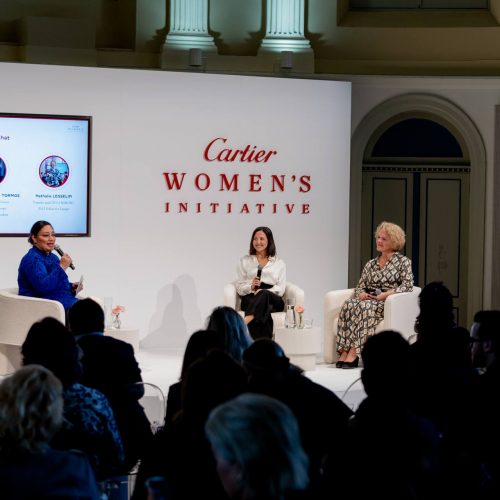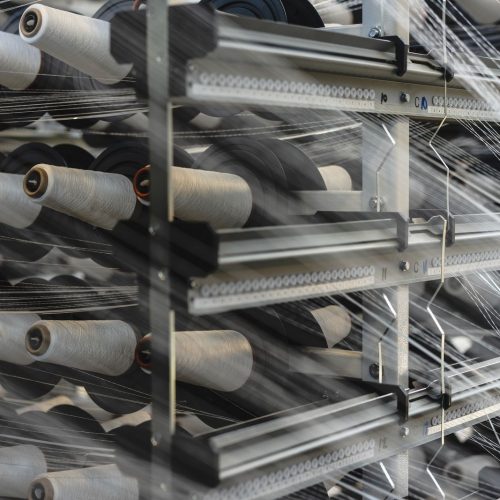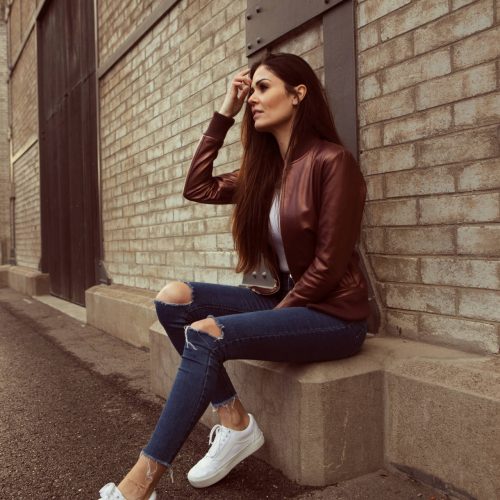Jewellery Made From Invasive Species | A Sustainable Approach To Accessories
Invasive species are a huge threat to biodiversity. They ruin habitats and local environments. However, designers and innovators are looking to turn dangerous flora and fauna into beautiful accessories.
To receive the Luxiders Newsletter, sign up here.
WHAT ARE INVASIVE SPECIES?
Invasive species are species outside their normal habitats. This can cause harm to the native animals and environments. This is because, these alien species have escaped limiting factors (predators, for example) which would have otherwise limited their population. They are often well suited to their new environment and outperform native species.
Invasive species can cause chaos in a finely balanced habitat. They are an even bigger threat to biodiversity than climate change, and they can also have a large economic impact on the areas they take over. The population of these invasive animals grows, and starts to take natural resources. Local economies that rely on these native animals or plants for food or livelihood also suffer.
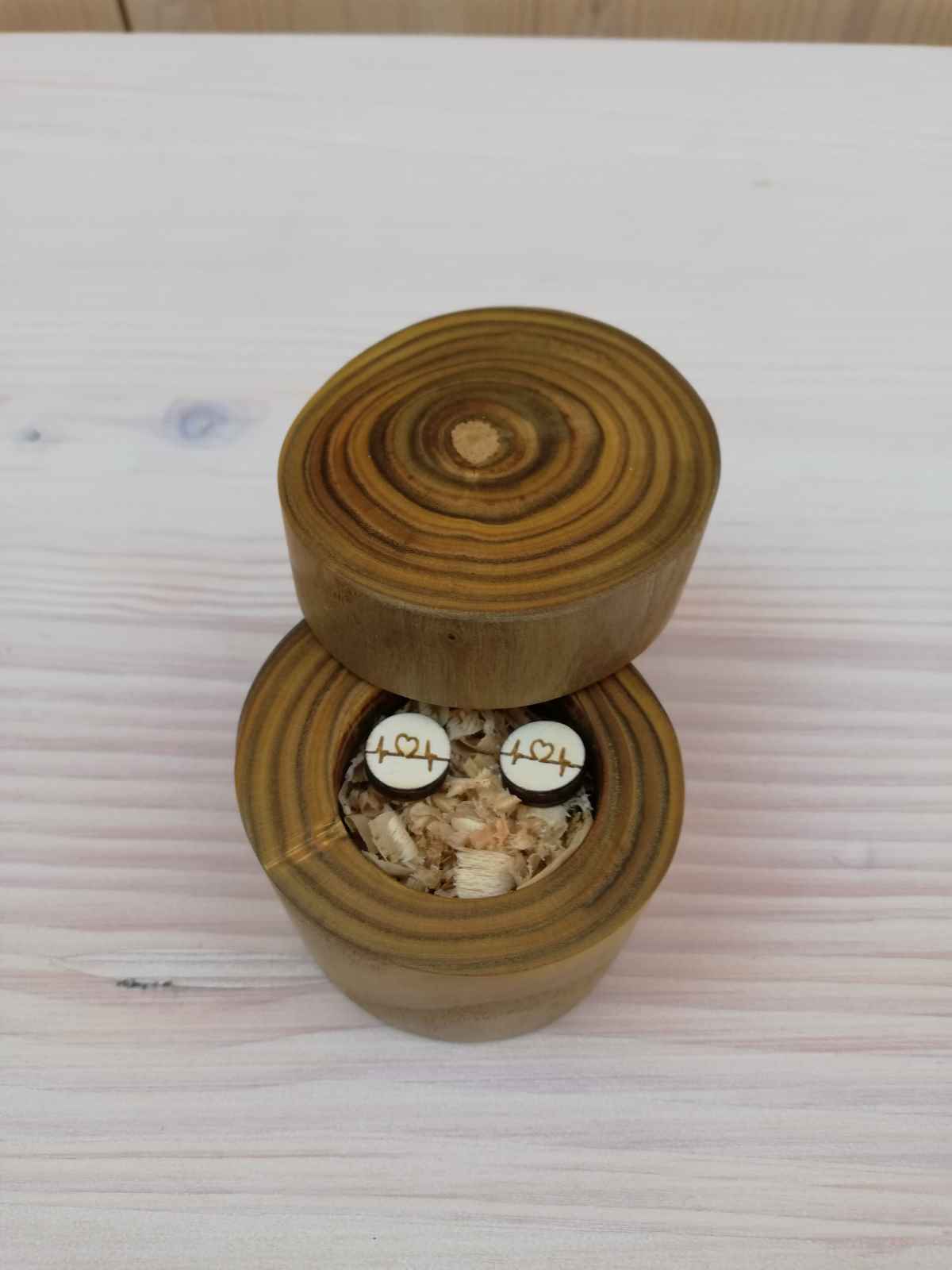
© Maks Merela
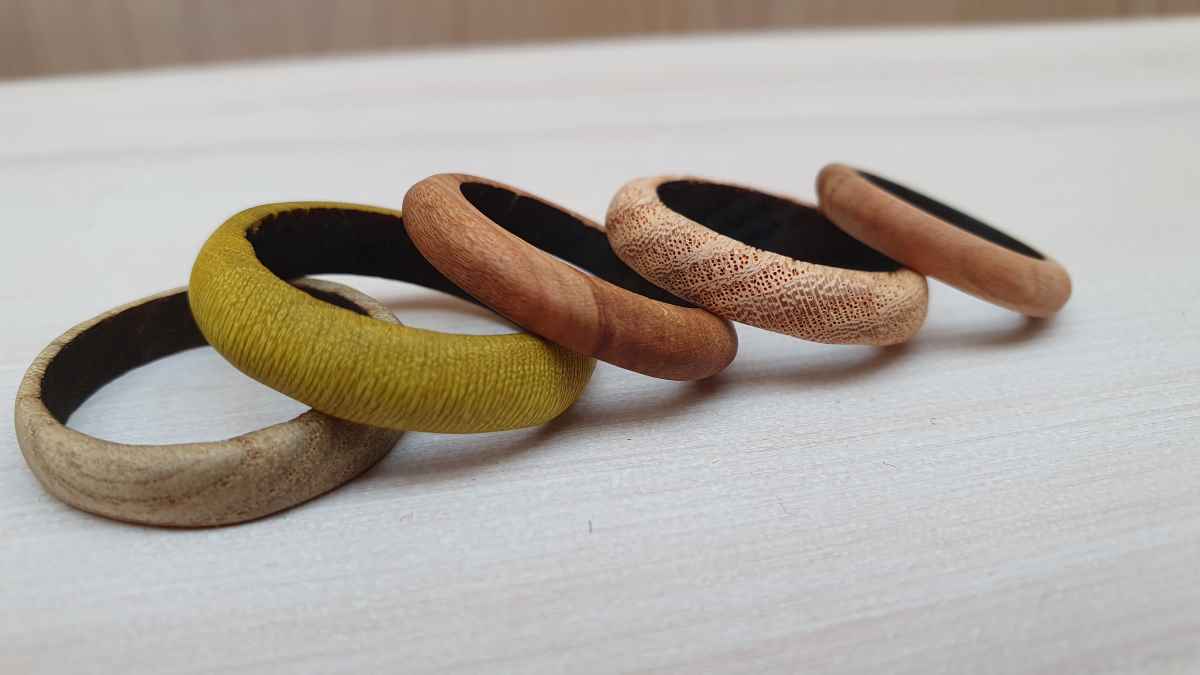
© Maks Merela
INNOVATIVE DESIGNERS MAKING A DIFFERENCE
ALIEN PLANTS: SAVING FORESTS ONE BRACELET AT A TIME
Dr Maks Merela, Associate Professor from the University of Ljubljana, explains his work on the APPLAUSE project. “The main philosophy of the project 'From harmful to useful with citizens' led activities', supported by the EU Urban Innovative Action, is to teach the citizens of Ljubljana to identify invasive alien plants species themselves and then remove and process them into useful products.”
The APPLAUSE project has helped to create beautiful wood jewellery from invasive species. These alien plant species pose a huge threat to local biodiversity. As Maks explains: “Invasive alien plant species are one of the greatest challenges to European ecosystems. They displace native vegetation, destroy agricultural land and infrastructure, have negative impacts on human health, and cause billions of dollars of damage to the European economy every year.”
The team behind APPLAUSE want to involve the whole community: “The project is aimed at the widest possible range of stakeholders: kindergartens, schools, pupils, students, households, landowners, businesses, tourists, professional associations, etc.” Maks continues “Many different products have been developed, such as all kinds of paper products, chemical derivatives for medicines, insecticides, dyes and hybrid coatings, wood and wood composites, and also as a food source.”
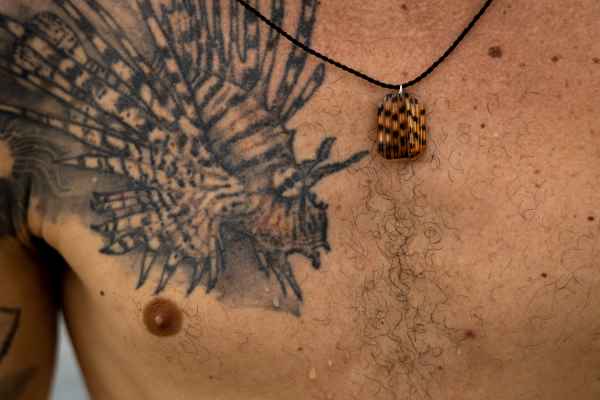
© Wasteless World
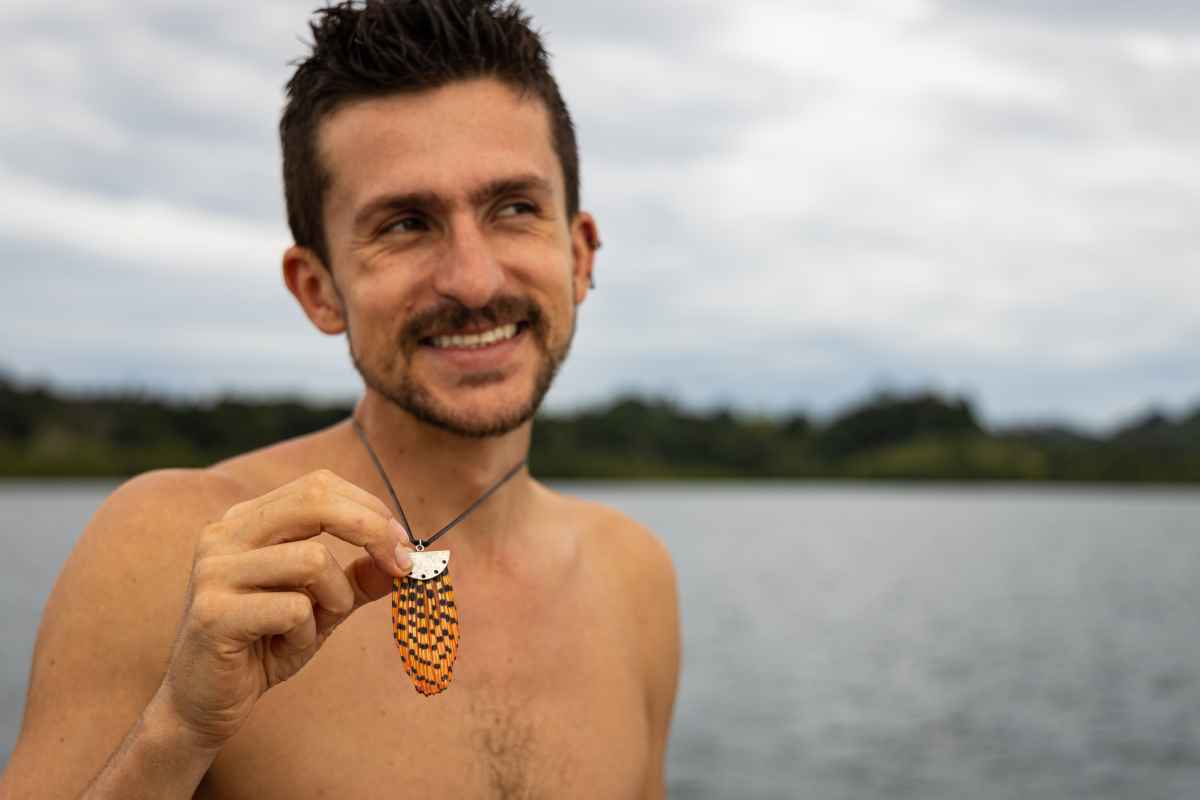
© Wasteless World
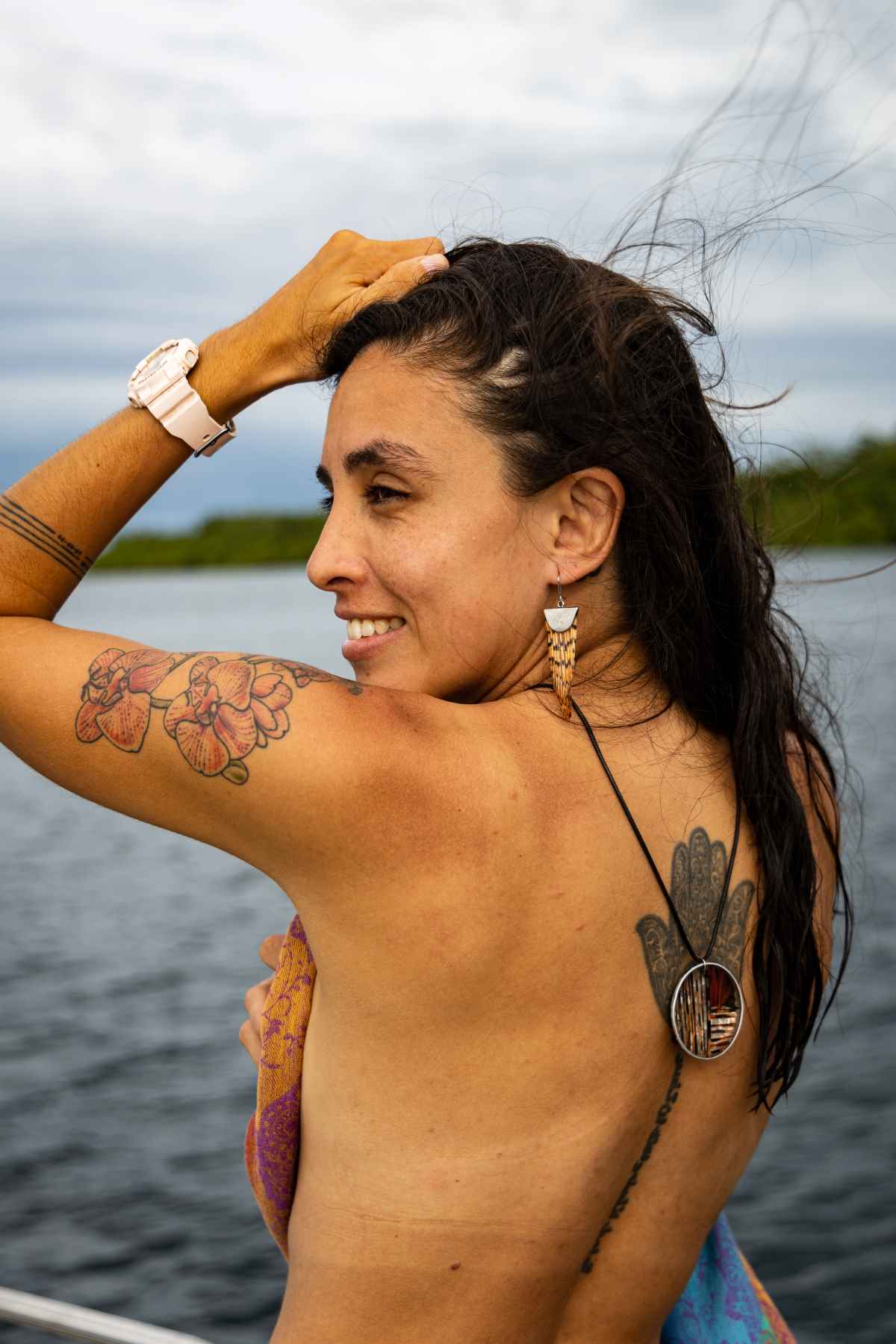
© Wasteless World
LIONFISH JEWELLERY: LIONFISH ARE KILLING OUR OCEANS
Lionfish are an invasive species threatening the Caribbean. They have no natural predators in this new environment, so have started to thrive. The Wasteless World is trying to solve this issue. The NGO was started in 2018, and is focused on creating sustainable solutions to help the local communities in Bocas Del Toro. Their project aims to turn invasive fish into beautiful jewellery.
Founder Tom knows the dangers of lionfish: “The invasive Lionfish in the Caribbean are capable of causing extinctions of native plants and animals, reducing biodiversity, competing with native organisms for limited resources, and altering habitats.”
This endangers the local economy, “Bocas del Toro's economy depends primarily on tourism, and tourists are attracted to the spectacular biodiversity here in Bocas, therefore a threat to the biodiversity is a threat to the local tourism and economy which affects 100% of the community.” – Tom says.
"The invasive Lionfish in the Caribbean are capable of causing extinctions of native plants and animals"
Overfishing has become a large issue in Bocas del Toro, killing native lobster: “One of the main sources of income for these communities comes from freediving for lobster. Unfortunately, this means that lobster is overfished in the area. Their population is threatened.” Tom says “however, this also means that the fishermen are perfectly positioned and with the skills needed to effectively hunt lionfish.”
Wasteless World has agreed to buy 100% of the lionfish that these skilled freediving fishermen can take out of the water helping to preserve a new industry. As Tom tells us: “it is for future generations and providing them with a valuable new source of income.”
The project is still in the starting phase, but the team won’t let that hold them back. “Wasteless Worlds Lionfish project is still very much in a start-up phase, there is so much more that can and needs to be done to have a lasting impact on the Lionfish problem, whilst supporting more vulnerable communities.”
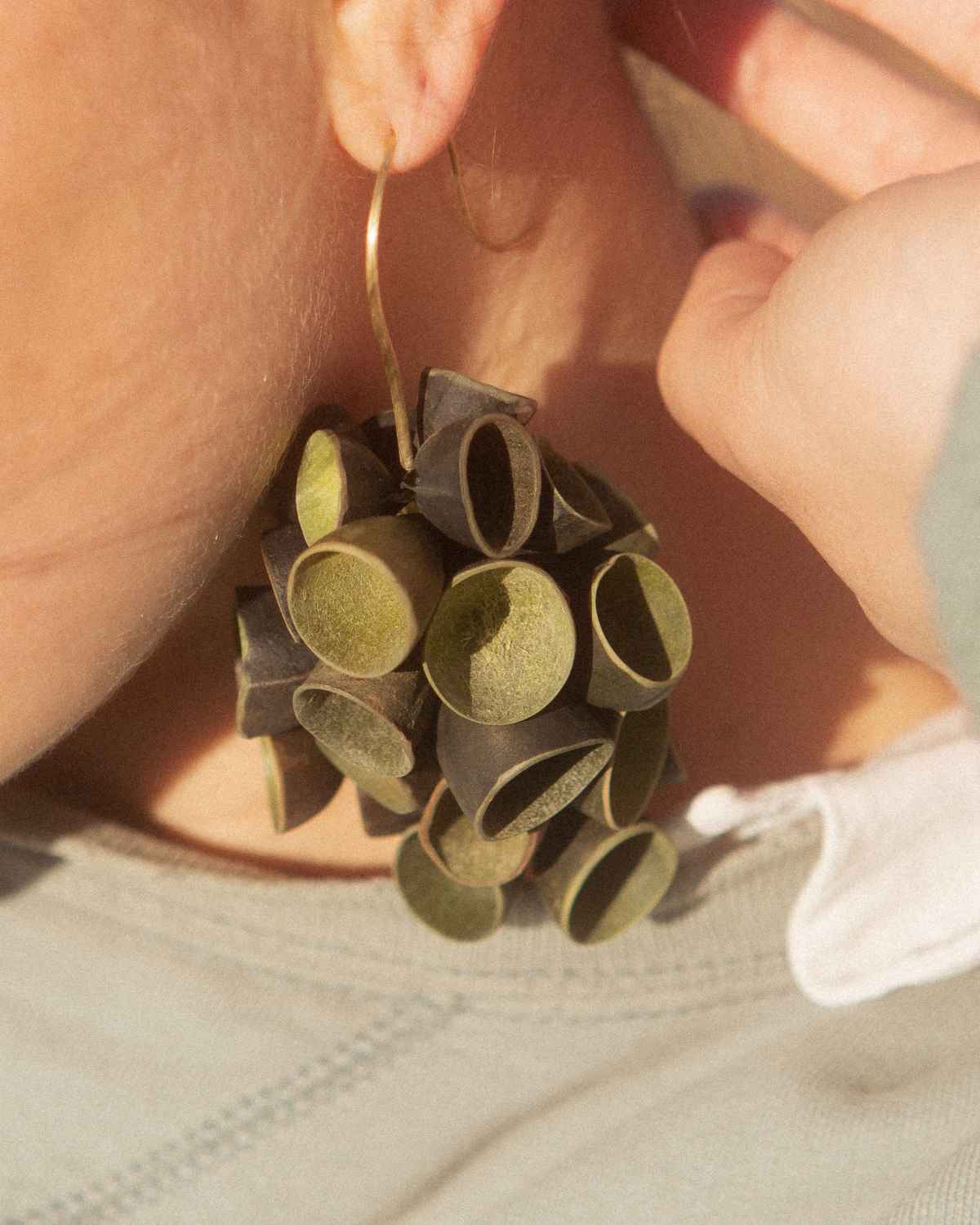
© Mark Messer
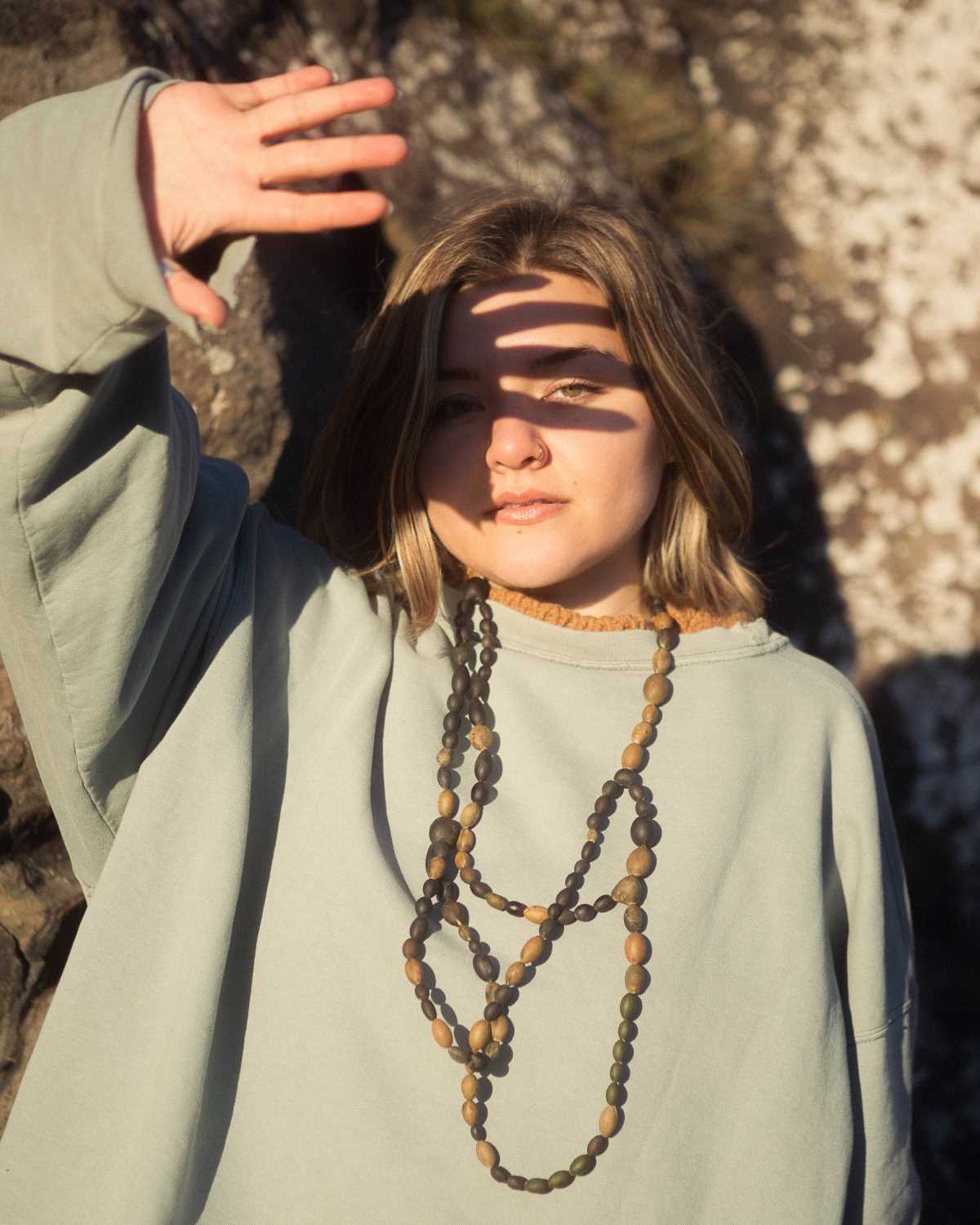
© Mark Messer
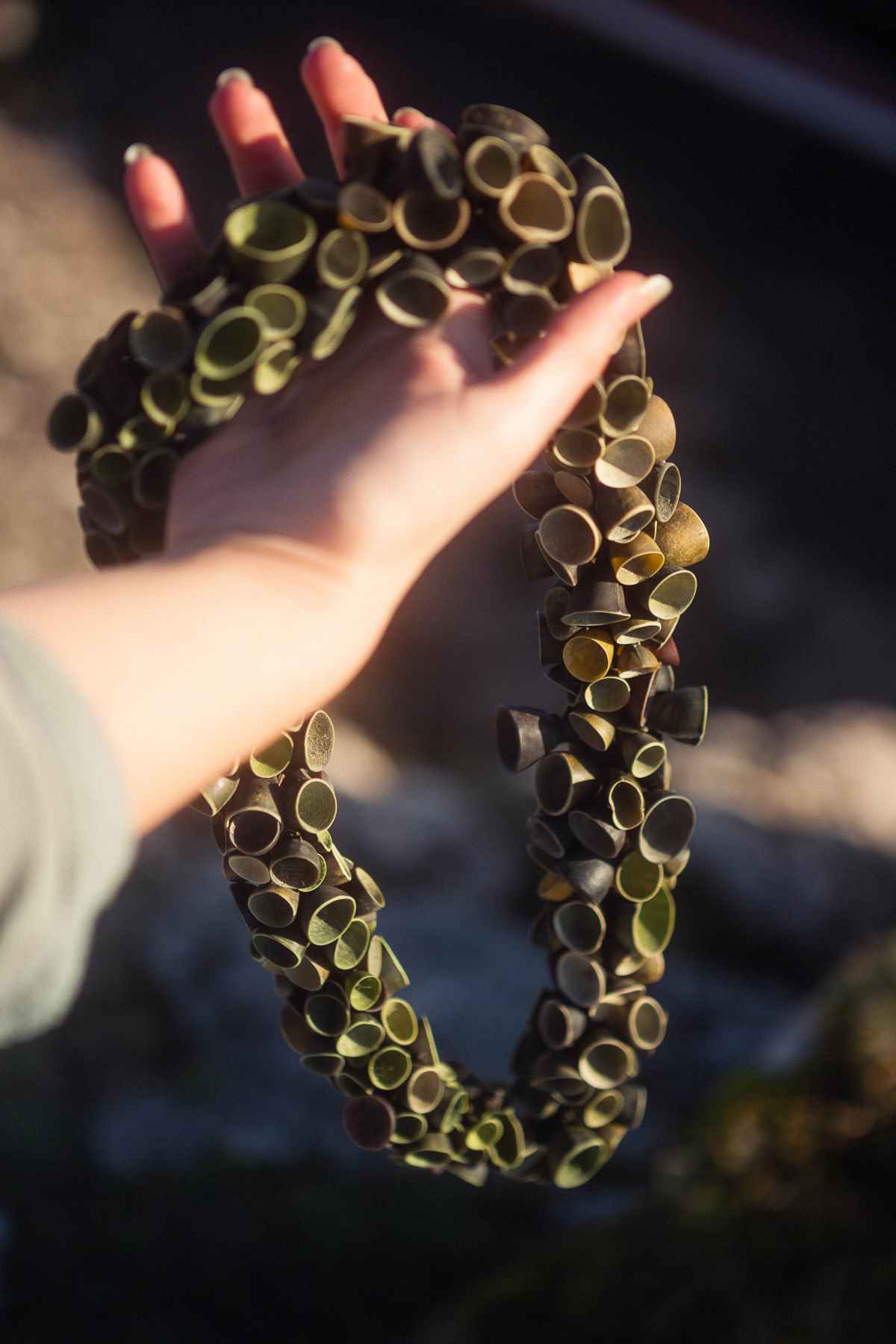
© Mark Messer
WASHED-UP SEAWEED IS BEING TURNED INTO NECKLACES
Scottish-based artist Iona Turner creates delicate pieces from seaweed. Iona Turner's degree collection 'The Seaweed Gatherer' is an ongoing jewellery collection materialised from gathered seaweed. For Iona, she feels called toward the natural world: “I possess a deep itch to connect with nature, to live as my wildest, most feral self. Nature is where my life experience is most meaningful and exciting. I am fascinated by the rhythms and cycles that interconnect the natural world. Nature is where I find myself and it is where I find my creative inspiration.”
Iona carefully forages seaweed for each of her pieces, rather than taking it straight from the ocean: “. I gather seaweeds frugally, when they have been flung ashore by wave actions, so, there is never a need to inhibit live ecology.” Iona continues “the designing of each piece begins by natural growth patterns and making processes in the understanding of seaweed's material properties – the notable wetting and drying cycles that sculpt structure and shape.”
“I intend for my pieces to take seaweed inland to enrich one’s sense of connection to the sea.”
Seaweeds’ malleable ability has inspired Iona, its “ability to shapeshift, from their submerged, dehydrated, and in-between states.” The sustainable aspect of seaweed finds its way into Iona’s designs: “Seaweeds are an effective carbon sink – having only had a positive impact on the planet where they lay, I look to continue this in the making and wearing process. Materialising seaweed makes possible, not only a sustainable but regenerative creative practice.”
“Furthermore, I was also inspired to use seaweed by the coastal peoples who make use of seaweed abundance and availability – Flannagan is a practice of Gael crofters whereby seaweed fertilises the land. Seaweed transports the rich nutrients of the sea to hill-side land for the growth of crops.” Iona tells us “I intend for my pieces to take seaweed inland to enrich one’s sense of connection to the sea.”
In the future, Iona wants to continue her work: “I have recently been awarded funding to aid proposed exploration of alternative marine materials including shellfish and crustacean by-products from creel fishing. I will also continue my making in seaweed, which I am excited about.”
+ Words:
Emily Fromant
Luxiders Magazine

